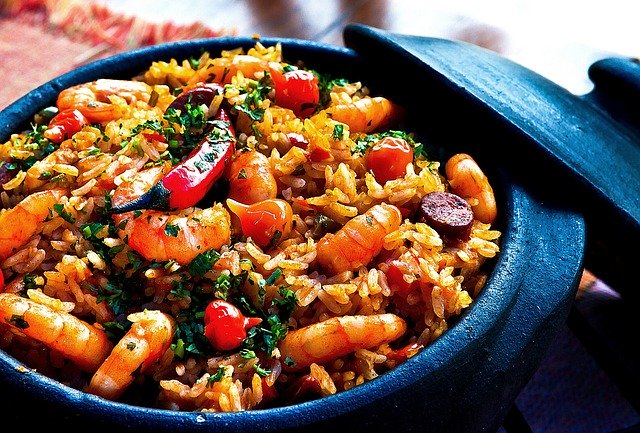- 3-minute read
- 28th January 2020
5 Tips on How to Write About Food
Like food? Like writing? Then why not combine the two! Food and drink blogging is bigger than ever. Shops are full of recipe books. And you can even make a living as a restaurant critic if you’re good! But how do you get started? Our top five tips on how to write about food include:
- Think about what kind of food writing your want to do
- Find a unique angle or niche that you want to write about
- Learn to write descriptively and use sensual language
- Avoid overusing generic terms like “delicious” or “tasty”
- Get someone to proofread your food writing to make it professional
Read on below for more information on how to write about food!
1. Types of Food Writing
Possibly the two most common types of food writing are:
- Reviews and criticism of food and places that serve food
- Recipe books, blogs, and columns
But food writing can include many things! Some people write about the history of food and drink. Other mix food writing and autobiography. Or you can write about the food industry from a business perspective.
A good first step, then, is to read as much food writing as possible! This should give you a sense of the different styles and genres that already exist.
2. Find a Food Niche
Since “food writing” is such a broad category, it can help to find a niche. For example, new food writers often focus on one of the following:
- Local food establishments and suppliers in your area
- A specific style of cuisine or type of food they know well
- Writing about food for a specific audience (e.g., cooking on a budget)
- A novel angle or gimmick for writing about food (e.g., tasting weird foods)
Finding a food niche can also work as a “hook” for new readers. Think about what kind of food you love most and how you can make it interesting.
Find this useful?
Subscribe to our newsletter and get writing tips from our editors straight to your inbox.
3. Sensual Language
Whether describing a recipe or reviewing a meal, descriptive writing is vital. And when it comes to food and drink, this means focusing on language related to the senses, especially how it looks, smells, feels, and tastes.

If you can evoke the sensory experience of eating a meal powerfully in your writing, your readers should be salivating in no time.
4. Avoid Generic Terms
We’ve mentioned using descriptive writing above. But the flip side of this is avoiding boring or generic terms. And in food writing, the worst offenders are words like “tasty” and “delicious,” which are too broad to be useful.
It might seem odd to avoid words like these when writing about food. But “delicious” doesn’t help the reader know what something tasted or smelled like. Instead, look for a description that will fire the reader’s imagination!
5. Have Your Writing Proofread
Finally, don’t forget to proofread! Even if you’re just publishing on a personal blog, error-free writing will be easier to read, look more professional, and attract more readers. And if you plan to submit your writing to a magazine or publisher, you need it to be the best it can be!
Proofreading your own writing is never simple, though. So to be sure your work is error free, give our world-beating proofreading services a try.




